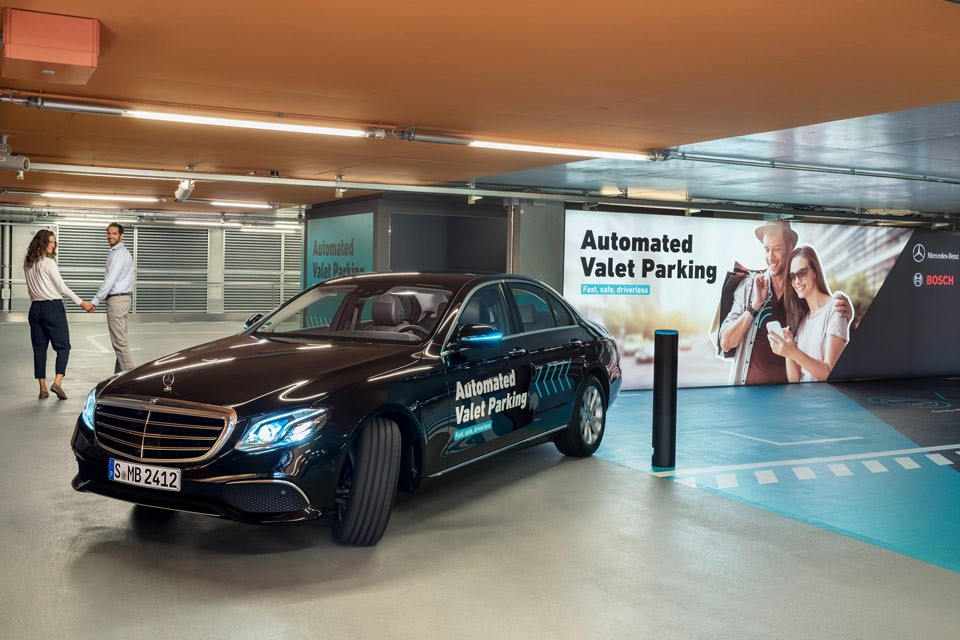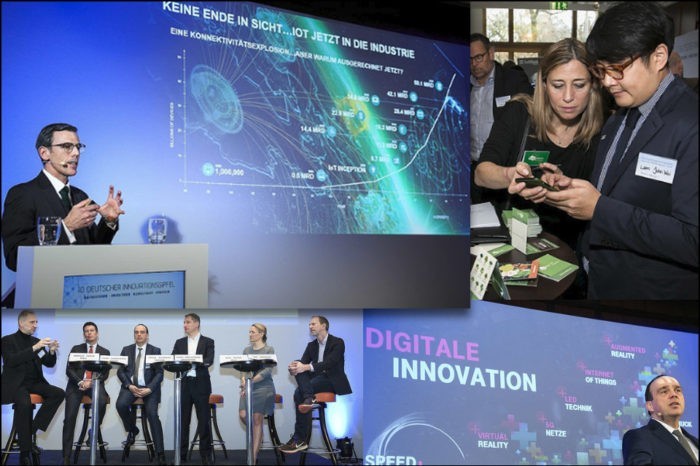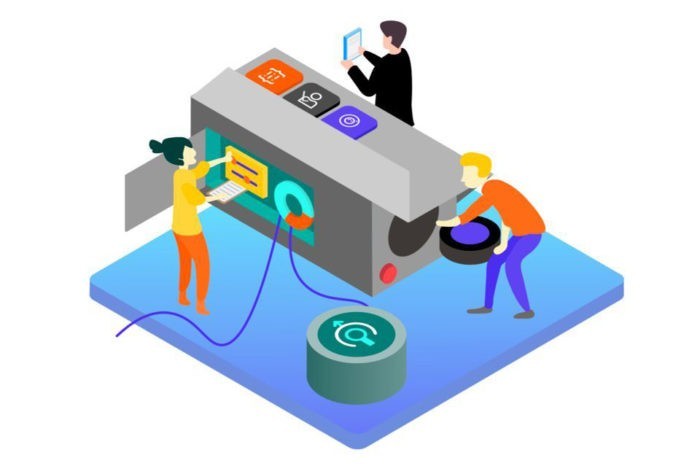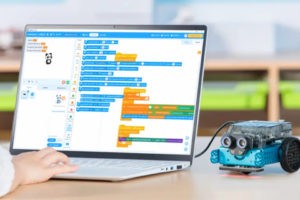Smart Parking: added value for car park and car sharing businesses
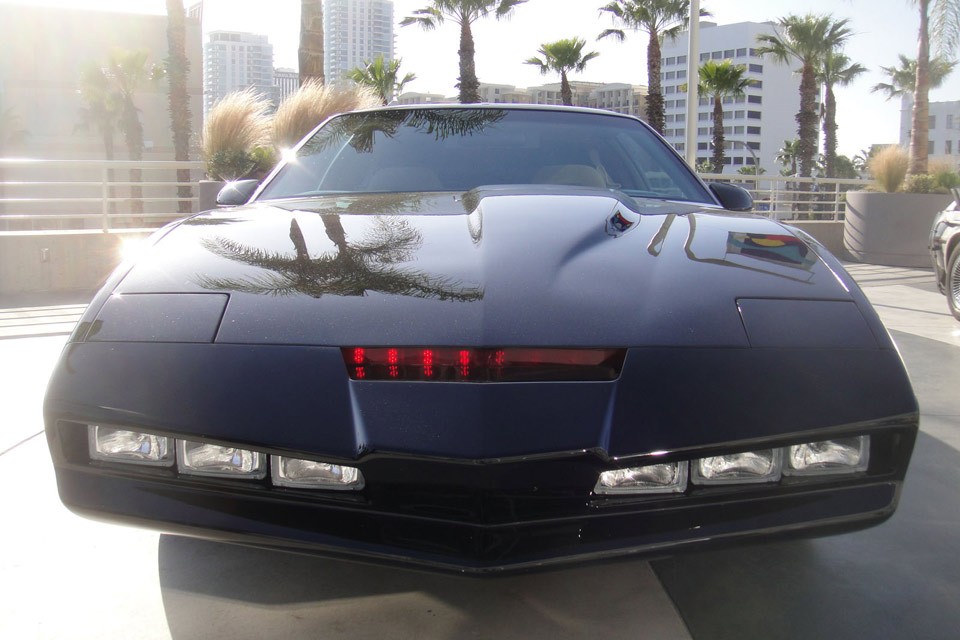
Self-parking cars is not a new topic. Some car parks even offer parking services, where instead of humans, huge robots grab the car and carry it to a free space. But the future looks different: Your car will navigate alone through the car park, finding itself a free spot and saving you time, nerves and probably the odd scratch. Engineers from Bosch and Daimler are currently experimenting with how a car finds its way through a public car park. For car park owners, this technology offers new potential added value for their business.
While the technology for autonomous driving on public streets is already available in modern cars, navigating through an enclosed car park is somewhat trickier. That is why the complete self-parking capability is not (yet) exclusively the domain of the engineers working for car manufacturers. It also offers car park operators new opportunities to add value in ther business: to enable a car to navigate smoothly through a car park, the car could communicate with technology installed within the building, guiding it safely to its destination.
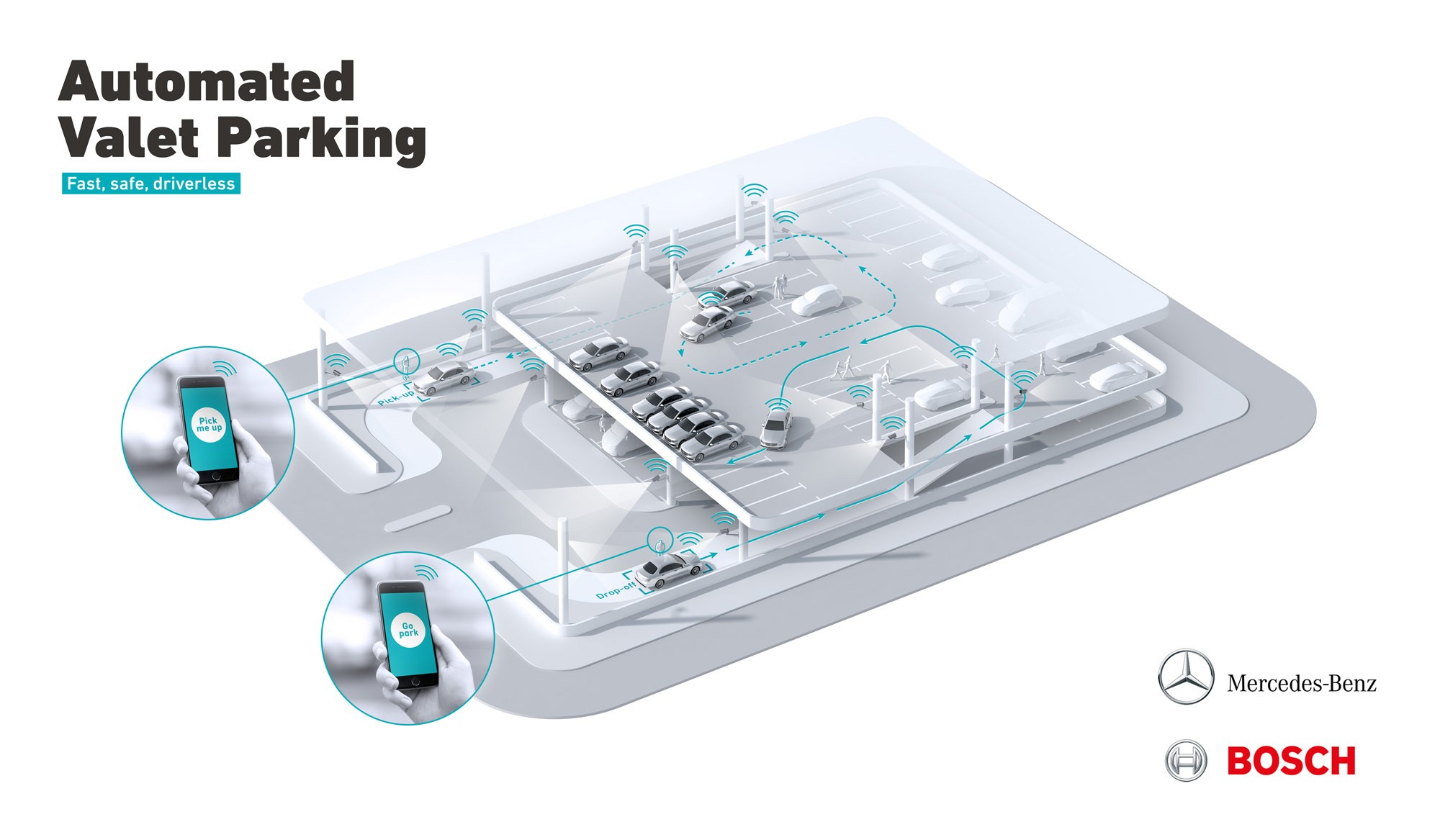
Smart parking allows car park operators to add value to their businesses. The obvious one: Up to 20 percent more cars can be parked in the same building using smart technologies. Picture: BOSCH.
In a proof of concept environment, Daimler and Bosch are testing the smart-parking technology currently in one of Daimlers own car parks at the Mercedes-Benz Museum in Stuttgart. The cars are being driven to the “drop-off zone” at the entrance of the car park from where the car then takes over and continues its way through the building. After the parking period, the car will drive itself to the “pick-up zone” from where the driver can get back in and continue the trip.
Smart Parking offers added value not just for carmakers but also car parking and car sharing operators
Using that technology in current car parks could add value to the business: In a car park where cars drive in and out autonomously and without human interaction, cars could be arranged more densely, therefore offering more space than was previously possible. According to Bosch and Daimler, driverless parking could enable the accommodation of up to 20 percent more vehicles.
Also, contrary to car parks where a huge robot carries the car to a free spot, the self-driving solution is a technology that looks suitable for retrofitting older buildings. It could also be used in “mixed mode” allowing self-driven cars and autonomously guided cars at the same time.
In combination with self-driving cars, one could even think further: Autonomous driving and indoor-parking could even revolutionize the car-sharing business: Customers rent a car via smartphone, but instead of finding the next available vehicle and walking there, the car would come to the customers destination like K.I.T.T. from Knight Rider! After usage, the car could then park itself at the next available car park, waiting for its next customer. Customers neither need to walk long distances or waste time finding an adequate parking spot.
But before all that becomes reality, a few challenges have to be mastered. Some of them appear very profane, like how the communication between the guidance system in the building and the car will be implemented. In a complex system like this, sufficient bandwidth becomes a crucial issue. At the same time, bandwidth shouldn’t be at the expense of radio coverage. The technology must be able to work within the complexity of a building and at the same time always offer enough bandwidth for a smooth data exchange between the car and the guidance system.
The smart car park at the Merces-Benz Museum in Stuttgart will go live in 2018. It will probably take a bit more time before the technology is more commonly available.


